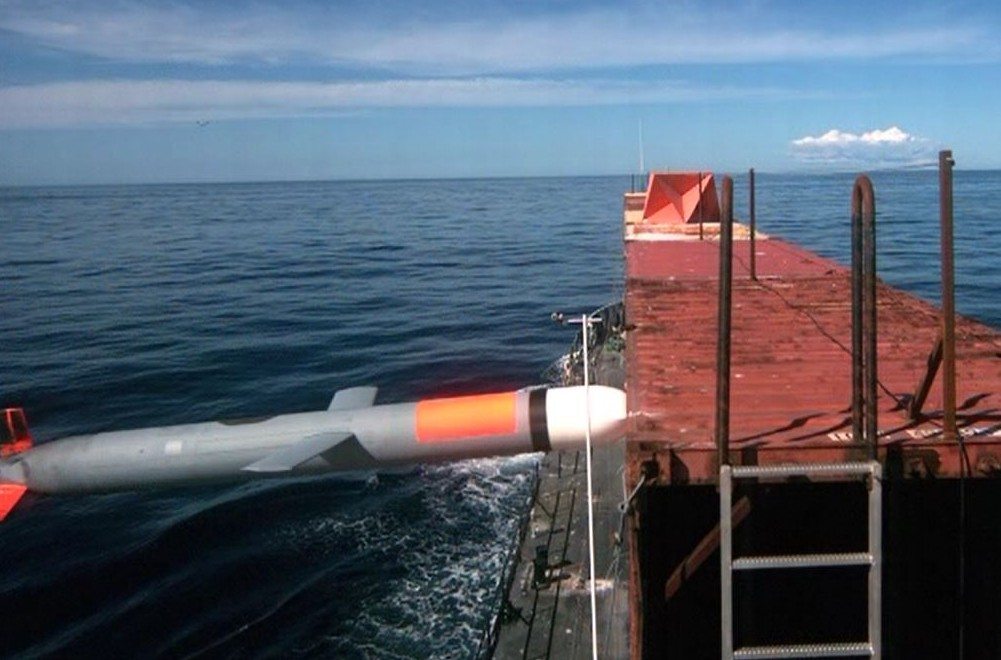A synthetically guided Tomahawk cruise missile successfully hit its first moving maritime target Jan. 27 after being launched from the USS Kidd (DDG-100) near San Nicolas Island in California.
The Tomahawk Block IV flight test demonstrated guidance capability when the missile in flight altered its course toward the moving target after receiving position updates from surveillance aircraft.
“This is a significant accomplishment,” said Capt. Joe Mauser, Tomahawk Weapons System (PMA-280) program manager. “It demonstrates the viability of long-range communications for position updates of moving targets. This success further demonstrates the existing capability of Tomahawk as a netted weapon, and in doing so, extends its reach beyond fixed and re-locatable points to moving targets.”
The Naval Air Warfare Center Weapons Division (NAWCWD) team leveraged existing Tomahawk strike communications frameworks to develop this cost-saving solution. This joint venture between NAWCWD at China Lake, PMA-280 and Raytheon Missile Systems received major contributions from the Office of Naval Research Advanced Sensors Technology Program and the surface warfare centers at Dahlgren, Virginia and Port Hueneme, California.
“We have worked with teams across the country to be successful today,” said Scott O’ Neil, NAWCWD executive director. “This is a project that increases warfighting capability, reduces cost and can be added to other existing technologies out in the field.”
The Tomahawk weapons system is the U.S. Navy’s precision strike standoff weapon for long and medium range attack of tactical targets. The Navy is currently fielding Tomahawk Block IV weapons on surface and subsurface platforms across the globe.










